
Snapshot
- More than 100K EVs are now on Australian roads
- Milestone passed in August 2023, dominated by made-in-China EVs
- Sales have dramatically increased since 2022, led by Tesla and BYD
More than 105,819 new electric vehicles have been officially registered in the past 13 years in Australia.
The milestone was passed sometime last month, according to official registration data from the Federal Chamber of Automotive Industries (FCAI).
All-electric models made up 0.001 per cent of new car sales in 2010, but increased to 3.1 per cent share in 2022 and is currently sitting at 7.2 per cent so far in 2023 (to the end of August).
It’s been a long road…
In the past few years, the number and choice of EVs has expanded in Australia from only a handful of mostly high-end, six-figure priced offerings to more than 50 individual models today, priced from just below $40K before on-road costs, with a rise in Chinese-made EVs getting us there. (China has a strong competitive advantage with cheaper labour and a more local supply for battery packs.)
Yet, the local EV market has been dominated by relatively recent entrants.
? Top three best-selling EVs in Australia
- Tesla Model 3 small sedan – 36,118*
- Tesla Model Y medium SUV – 28,363*
- BYD Atto 3 small SUV – 10,217*
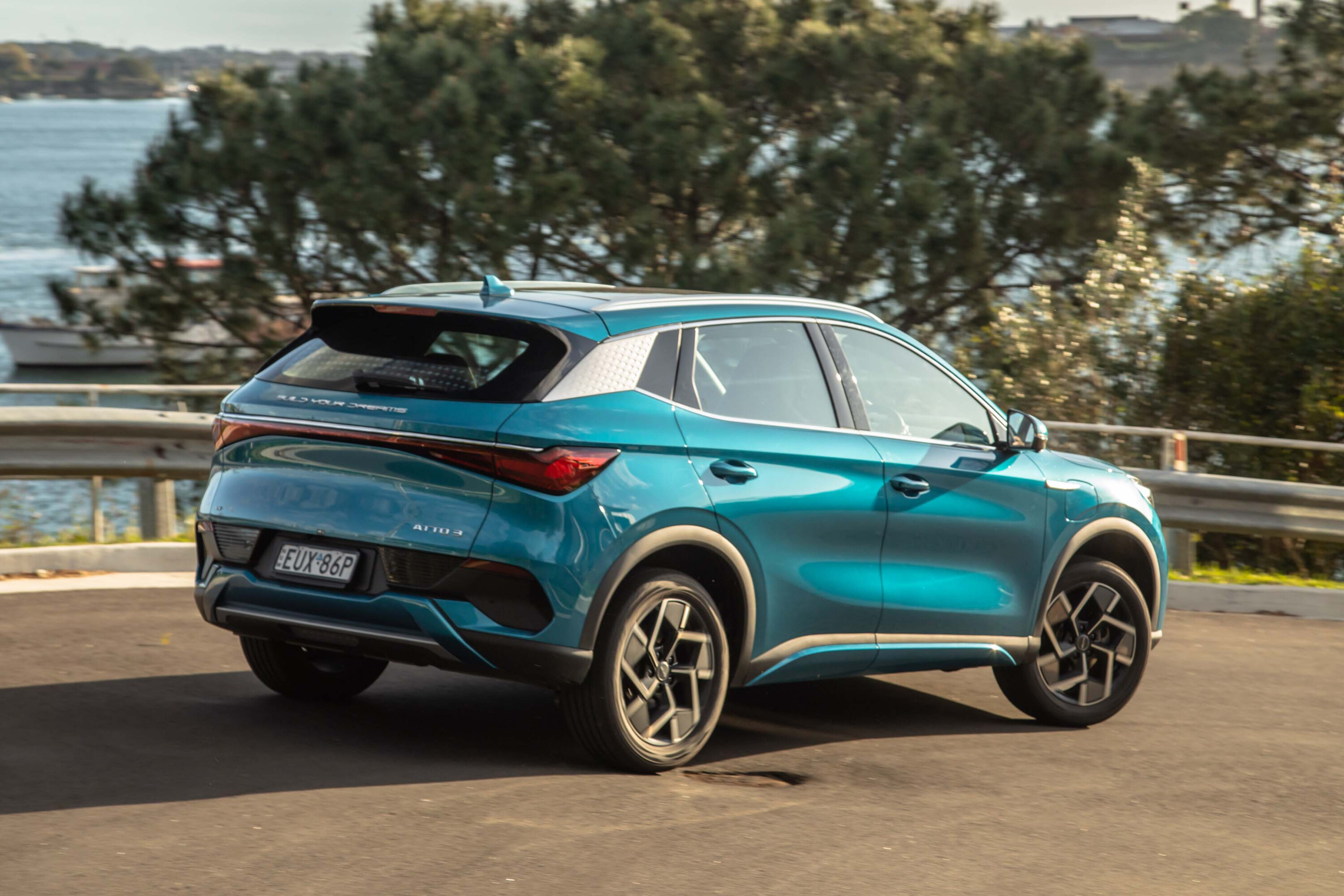
These made-in-China models have quickly shaded the venerable older EVs that are still on sale today, including the Nissan Leaf small hatchback (2460) and Jaguar I-Pace luxury crossover (355).
Both European-made EVs were introduced locally in 2012 and 2018 respectively.
Our EV market is now seasoned enough to have even seen a number of models retired or discontinued, including the Mitsubishi I-MiEV, Renault Zoe, BMW i3, Hyundai Ioniq Electric, and more recently the Tesla Model S and Model X.
Sales are projected to rise further with forthcoming carbon emissions standards that aim to boost supply, despite some arguments otherwise.
Public charging infrastructure is also growing in locations and reliability to meet increasing demand, while EV incentives have been introduced and some have been pulled back earlier than promised.
Since 2010, more than 18,158 plug-in hybrid electric vehicles (PHEVs) and 55 hydrogen electric models have also been registered.
*Data limitations
It’s worth noting Tesla only started officially reporting registration data from 2021 and there was a delay in posting BYD Atto 3 sales figures, with two months worth of data unrecorded after its September 2023 launch.
FCAI guidelines also improved in 2020 to record more realistic sales numbers. The peak automotive body started cross-checking registration data in order to limit the loophole of some dealers erroneously reporting a vehicle as sold.
Some dealer demonstrators may still be counted if they are registered.
In 2019, the FCAI also combined EV and PHEV sales together.
? New Australian EV sales over the years
| Year | No. of EVs registered | Market share |
|---|---|---|
| 2010 | 112 | 0.001% |
| 2011 | 49 | 0.005% |
| 2012 | 253 | 0.02% |
| 2013 | 292 | 0.03% |
| 2014 | 1135 | 0.10% |
| 2015 | 1108 | 0.10% |
| 2016 | 219 | 0.02% |
| 2017 | 1124 | 0.09% |
| 2018 | 1352 | 0.11% |
| 2019 | 2925* | 0.28%* |
| 2020 | 1769 | 0.19% |
| 2021 | 5149 | 0.49% |
| 2022 | 33,410 | 3.09% |
| 2023 (to end August) | 56,922 | 7.22% |
| Totals | 105,819 | |
| *Note: In 2019, the FCAI combined pure electric and PHEV sales together. | ||
Our original story continues unchanged below.
February 7, 2023: Australia to pass 100K EV sales milestone
Snapshot
- More than 100,000 EVs to be on Australian roads this year
- Currently around 83,000 u2013 79 per cent BEVs and 21 per cent PHEVs
- 1530 additional public EV chargers installed in 2022
Australia is on track to have more than 100,000 electric vehicles on the roads this year, according to research by the Electric Vehicle Council (EVC).
The lobby group reveals an estimated 83,000 electrified cars are currently in circulation – almost double last year’s total – comprised of 79 per cent full battery-electric vehicles (BEVs) and 21 per cent plug-in hybrid electric vehicles (PHEVs).
BEVs and PHEVs made up 3.8 per cent of the new car market share in 2022.
These figures, however, exclude imported used examples from overseas, which has been an increasingly popular method for EVs to obtain lower prices.
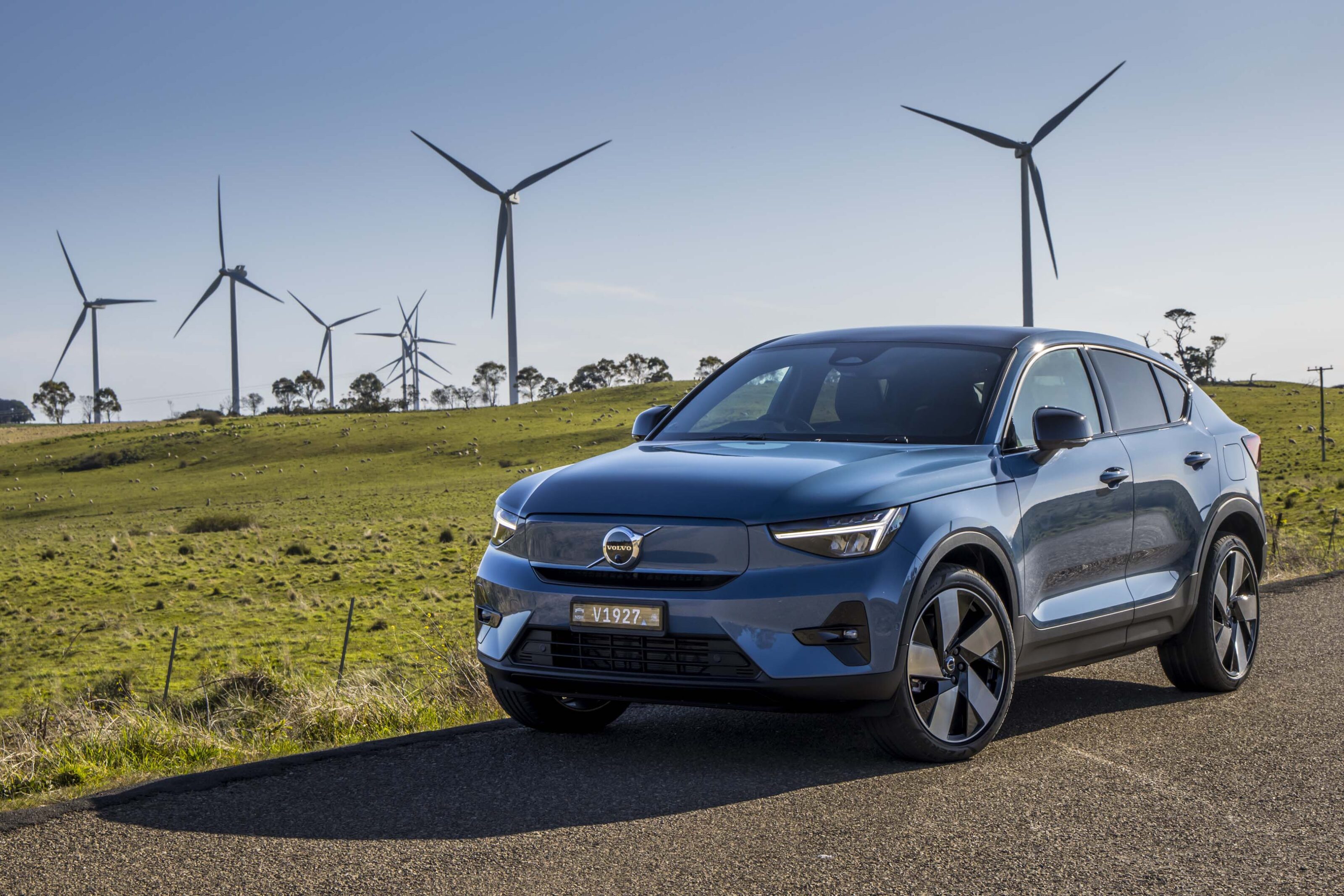
“If you think you’re seeing more EVs on the road than you used to, you’re right, but if we want to hit our national emissions targets we won’t make it on this current trajectory,” EVC CEO Behyad Jafari said.
“To achieve the Federal Government’s emission target we’ll need a near fully zero-emission vehicle fleet by 2050… that means reaching one million EVs by 2027 and around three million by 2030.
“We can definitely hit these goals, but not without an ambitious fuel efficiency standard to expand the supply of EVs to Australia.”
The Council also outlines that 1530 more public EV charging stations came online in 2022.
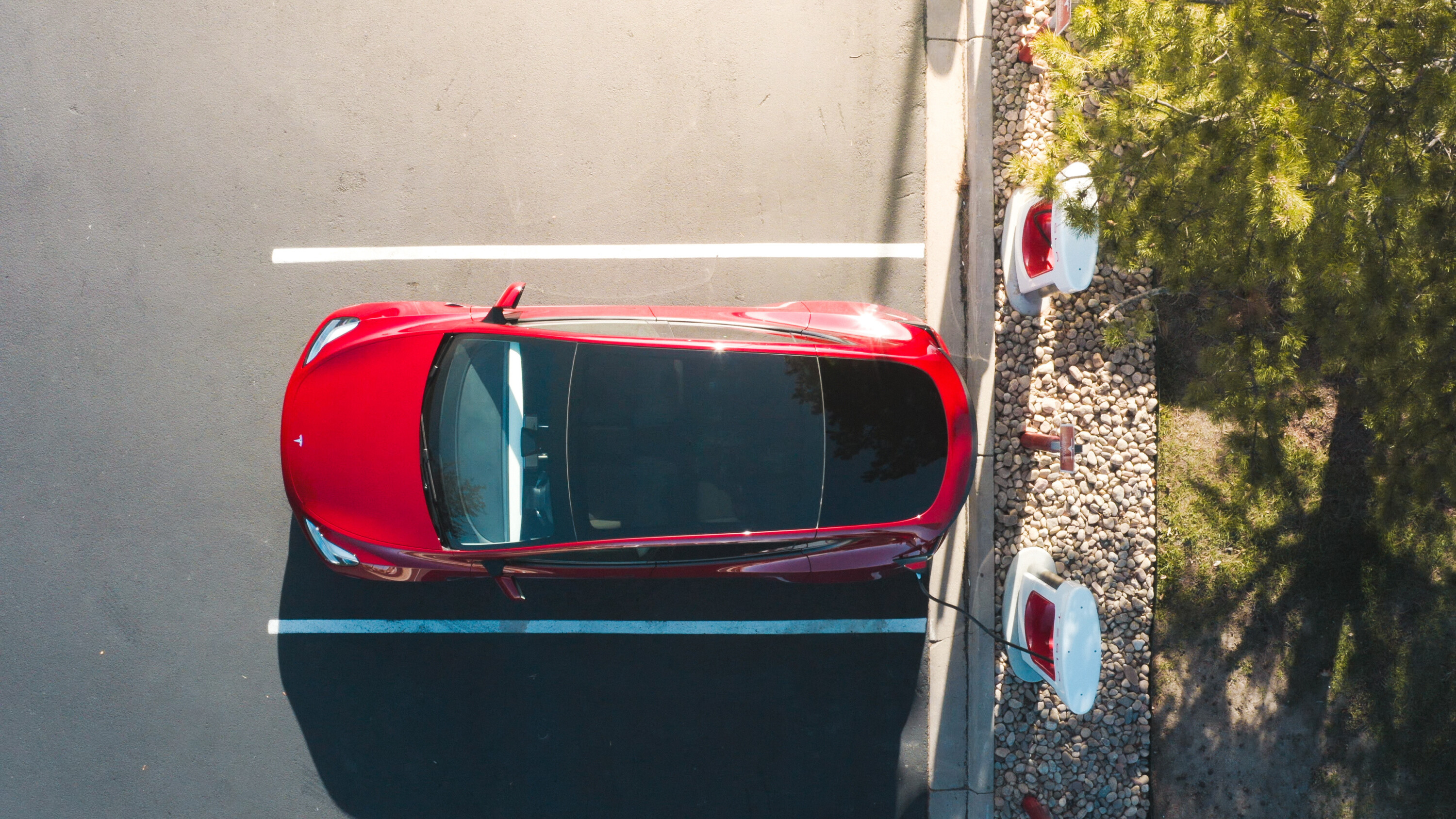
Of the 3413 total public chargers in Australia, 134 of them are fast chargers (classified as outputting 24 to 99kW DC) and 99 are ultra-rapid stations (100kW DC or more).
The Australian BEV market is moving at a steady pace, selling 33,410 units last year. It was spearheaded by the Chinese-made trio – the Tesla Model 3 sedan, Model Y SUV, and BYD Atto 3 crossover in 2022.
Volvo Cars Australia has already committed to selling an EV-only line-up by 2026, while the Australian Capital Territory is set to ban the sales of new internal combustion petrol and diesel engine cars from 2035 – following in the footsteps of Europe and the United Kingdom.
However, at this stage, Australia lacks tough average tailpipe emissions regulations, such as the impending Euro 7, which pushes carmakers to offer more low- or zero-emissions vehicles – otherwise heavy financial penalties apply.
We recommend
-
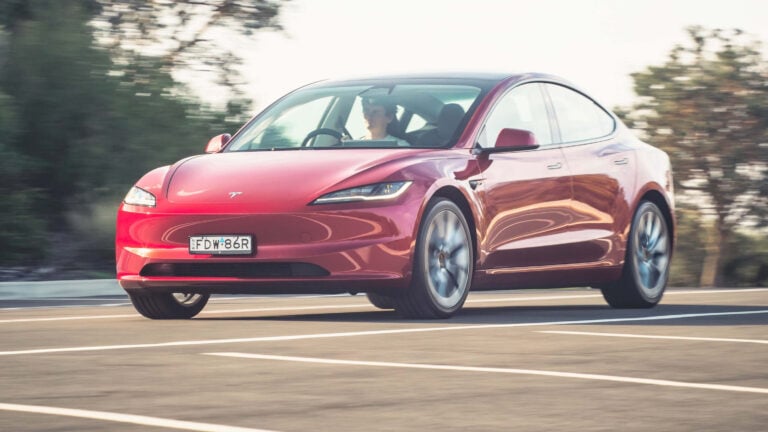 News
NewsAustralia's most popular electric cars in 2023
The results are in: Australians purchased more EVs than ever in 2023 and Tesla ruled the roost
-
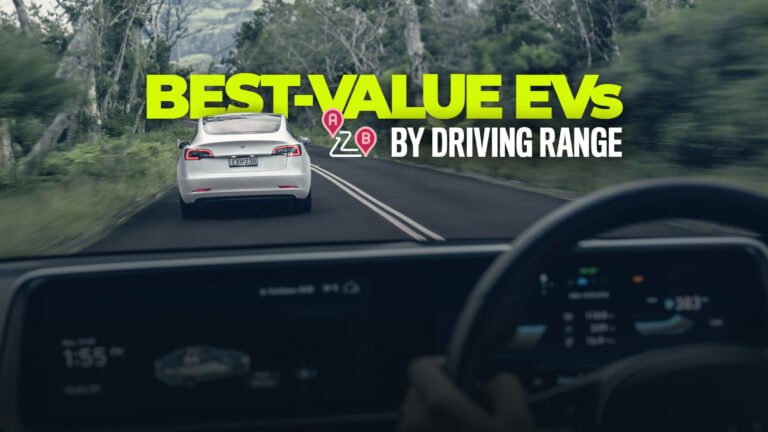 Advice
AdviceAustralia’s best-value electric cars by driving range
Which new EVs give you the best value for how far they'll go on a single charge? We break down the numbers
-
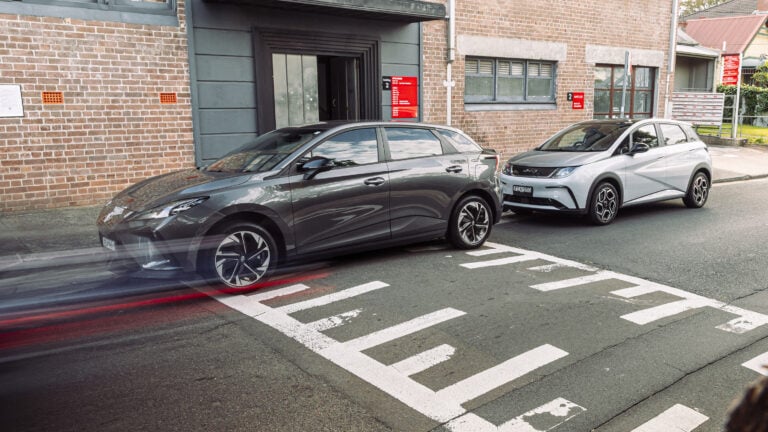 Advice
AdviceHow much do electric cars cost in Australia? Full market pricing!
We break down what to expect to pay for every new EV in Australia today




